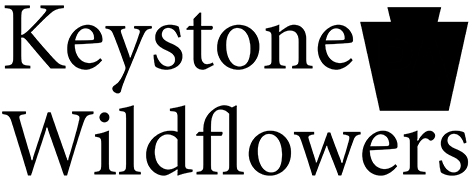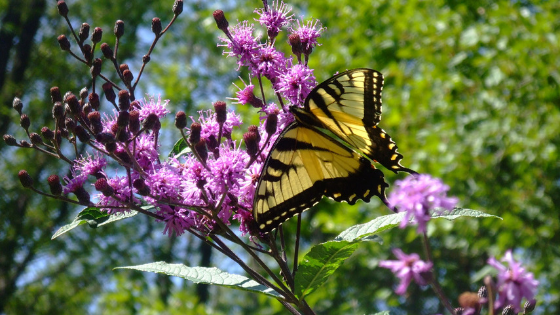Let’s talk about what you’re planting in your garden! Cultivars and hybrids offer gorgeous, elaborate flowers. Plus, they are readily available at your local retail nurseries and big box stores. You probably already have quite a few in your garden. These plants are intentionally bred by horticulturalists to enhance a desirable trait: size of flowers, height of plant, color, growing habitat, disease resistance and fruit or nut size. A lot of these plants are alien species from other countries. Many of these plants have become invasive pests, outcompeting native species and degrading habitat in remaining natural areas.
Native plants, on the other hand, occur naturally in a region in they evolved, providing genetic diversity and supporting local ecosystems. Since they are best adapted to local environmental conditions, they are low maintenance, requiring less water and improving air quality. Native bees, honey bees and other pollinators are facing serious challenges. With true open-pollinated native wildflowers, your garden can attract and provide nectar and pollen resources for pollinators.
You don’t need to rip out all your cultivars just yet. Instead, slowly start adding a variety of native plants, so your garden is in bloom over a wide period of time. Better yet, plant in floral clumps, or circular groups of at least three. Rather than just one of a lot of different plants, try planting with an odd number of the same kind of attractive plant. This gives the appearance of a more natural grouping.
If you want to sustain biodiversity, you just need to be more mindful of the ecological function of the plants you’re planting.


